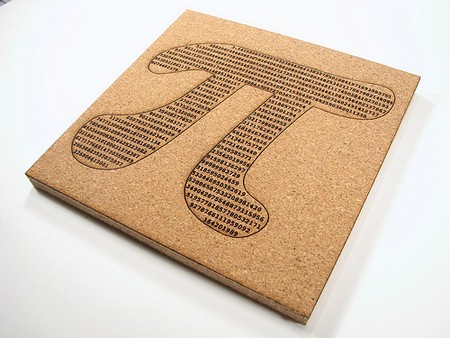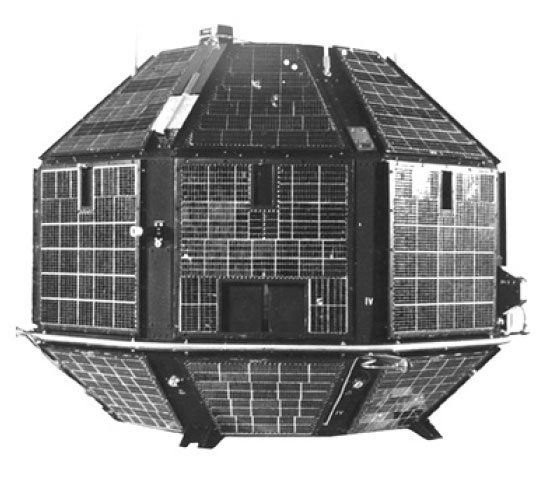Born : 476 in Kusumapura (now Patna), India
Main Interests : Mathematics , Astronomy
Died : 550 in India
Aryabhata(some time
misspelled as ‘Aryabhatta’) was
one of the first Indian mathematicians and
astronomers
belonging to the classical age. It is mentioned in a few
places
that Aryabhata was the head of the educational
institute in Kusumapara. The
University of Nalanda had
an observatory in its premises so it is hypothesized
that
Aryabhata was the principal of the university as well. On
the other hand
some other commentaries mention that he
belonged to Kerala.
Aryabhatiya
Aryabhata wrote
Aryabhatiya in Kusumapura at the time when Pataliputra was the capital of the
Gupta empire and a major centre of learning.It
is written in the Sanskrit language, the language of the Aryans. There
are 123 stanzas in the Aryabhatiya. Some of them have a logical flow while some
seem to come out of nowhere.The style of the Aryabhatiya is difficult to
describe.
Aryabhatiya was
particularly popular in South India, where numerous mathematicians over the
ensuing millennium wrote commentaries. Written in verse couplets, this work
deals with mathematics and astronomy.
Mathematical Work
Aryabhata wrote many
mathematical and astronomical treatises. His chief work was the ‘Ayrabhatiya’
which was a compilation of mathematics and astronomy. The name of this treatise
was not given to it by Aryabhata but by later commentators. Aryabhata’s system
of phonemic number notation, the work is characteristically divided into three
sections: Ganita (“Mathematics”), Kaal-kriya (“Time Calculations”), and
Gola(“Sphere”).
A disciple by him called the ‘Bhaskara’ names
it ‘Ashmakatanra’ meaning ‘treatise from the Ashmaka’. This treatise is also
referred to as ‘Ayra-shatas-ashta’ which translates to ‘Aryabhata’s 108’. This
is a very literal name because the treatise did in fact consist of 108 verses.
It covers several branches of mathematics such as algebra, arithmetic, plane
and spherical trigonometry. Also included in it are theories on continued
fractions, sum of power series, sine tables and quadratic equations.
Aryabhata worked on
the place value system using letters to signify numbers and stating qualities.
He also came up with an approximation of pi ( ) and area of a triangle. He
introduced the concept of sine in his work called ‘Ardha-jya’ which is
translated as ‘half-chord’.
Briefly we can
understand :
1. Place value
system and zero
3. Trigonometry
4. Indeterminate equations
5. Algebra
Astronomical Work
Aryabhata
also did a considerable amount of work in astronomy. He knew that the earth is
rotating on an axis around the sun and the moon rotated around it. He also
discovered the position of nine planets and stated that these also revolved
around the sun. He pointed out the eclipses; both lunar and solar. Aryabhata
stated the correct number of days in a year that is 365. He was the first
person to mention that the earth was not flat but in fact a spherical shape. He
also gave the circumference and diameter of the earth and the radius of the
orbits of 9 planets.
 |
| Mention of rotation of the earth on its axis by Aryabhatt |
Honouring Aryabhatta
The Indian ISRO (Indian Space Research Organization) named its first
satellite after the genius mathematician and astronomer. A research
establishment has been set up in Nainital, called the Aryabhatta Research
Institute of Observational Sciences (ARIOS) to honor his contribution
to the field of science. There is also a lunar crater and a species of bacteria
discovered by ISRO named after Aryabhatta.
Sources







No comments:
Post a Comment